Index Romantic Desires: The Philosophy of Fairy
"THE FIRST and the simplest emotion which we discover in the human mind, is Curiosity. By curiosity, I mean whatever desire we have for, or whatever pleasure we take in, novelty. We see children perpetually running from place to place, to hunt out something new: they catch with great eagerness, and with very little choice, at whatever comes before them; their attention is engaged by everything, because everything has, in that stage of life, the charm of novelty to recommend it." (Burke, 1757)
Burke’s treatise on the Sublime had a huge influence on artists and writers. The Enlightenment and Industrialism dominated the ‘learned’ thought of the time, and then he came along and argued that darkness, obscurity, things that causes us awe and terror and which are beyond our understanding are perhaps more valuable than logic. Being frightened and made uncomfortable by a piece of or literature “was regarded as a positive experience” as such “Sublime art could not be achieved by slavishly following rules, but rather was an experience that existed above and beyond rules in the realm of artistic imagination.” (Christine Riding and Nigel Llewellyn) The point was to break with what gave people comfort. Loose and wild brush work, wild imagination, and terrifying subject matter were all aspects of the sublime.
It is rather ironic that a large part of what fueled the rise in supernatural literature during second half of the 18th century was the rise in consumerism and wealth which allowed a burgeoning middle class to purchase stories to read. And while the enlightenment figures bemoaned consumerism and the reading of books which would lead people to have fantastic ideas, the reality is that the middle and lower classes of Britain and Europe in general didn’t give up on their belief in magic for a long time. Thus allowing them into scholarly conversations was bound to lead to discussions of ghosts and fairies that the figures of the Enlightenment derided.
Into this debate came the artist Henry Fuseli’s painting of nightmares tormenting a woman in a dramatic pose. Fuseli’s paintings are works of counter Enlightenment and some of the earliest rejections of the Industrial Revolution. Many artists of this time began to believe that rationality harmful and would hurt humanity. Facts would, in their mind, destroy morality and certainly social norms changed dramatically following the Enlightenment.
Fuseli flipped the art world on its head by depicting “immoral pagan motifs because he fully realized the fantastical potential of Northern European legends. Therefore, he has been labeled a Romantic Classicist, straddling both of the major styles at the end of the eighteenth century. Similar to other Romantic artists, Fuseli was intrigued by the idea of the sublime, that which is not aesthetically beautiful, yet still appeals to the viewer’s inner psyche and invokes strong emotions. He was likely familiar with Edmund Burke’s Philosophical Inquiry into Our Ideas of the Sublime and the Beautiful, which was published in 1757, not long before Fuseli started his artistic career. He had a great intellectual curiosity and was exposed to many different philosophers and writers while traveling across Italy and Germany, inspiring his eccentricities. He represents both a true scholarly genius, as evidenced by the literary sources of his oeuvre, as well as an innovative artist, illustrating enigmatic and passionate works. His art mainly focused on the Gothic Sublime - rather than classical Greco-Roman themes - deeply rooted in fear and sensationalism.” (Caroline Giepert Professor Spieth)
Fear and sensationalism would dominate fantasy literature for a long time, and arguably still do, as most of the movies made with fantastical elements are likely horrors, with ghosts, demons, and the like. Certainly pulp magazines and the earlier penny dreadfuls, in which many of the genres of fantasy were established, sold copies based not only on sensationalist art but their sensationist covers.
This painting is important for another reason, because it helped bring about the idea that a painting could have nothing to do with a myth, history, or real person or place. Rather this painting came from the artists own mind, something that hadn’t been done in British paintings for quite some time before.
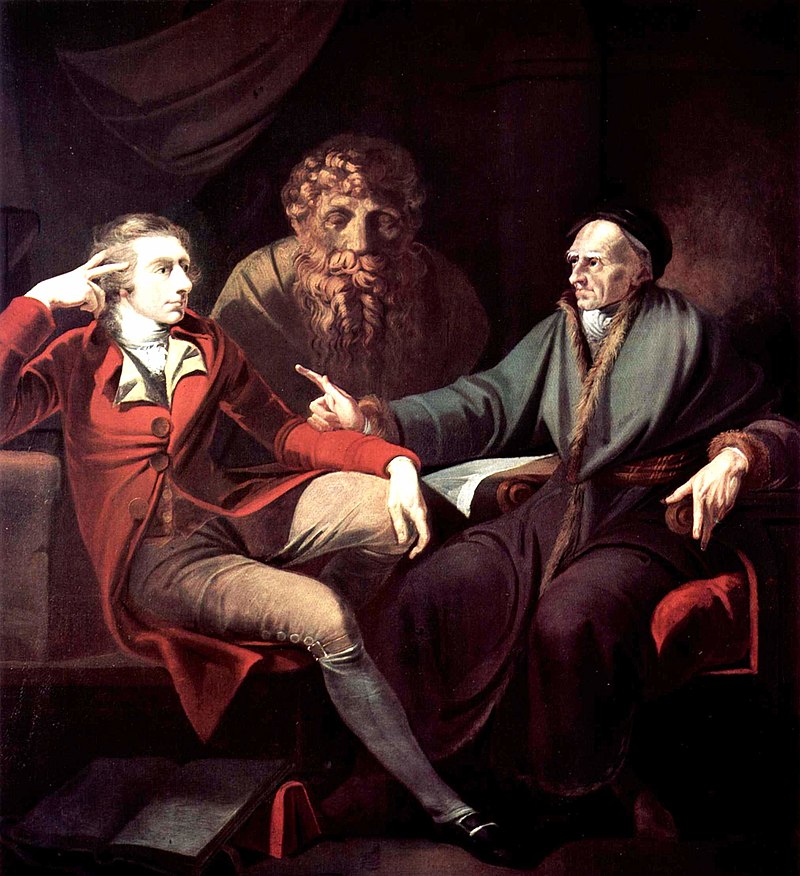 |


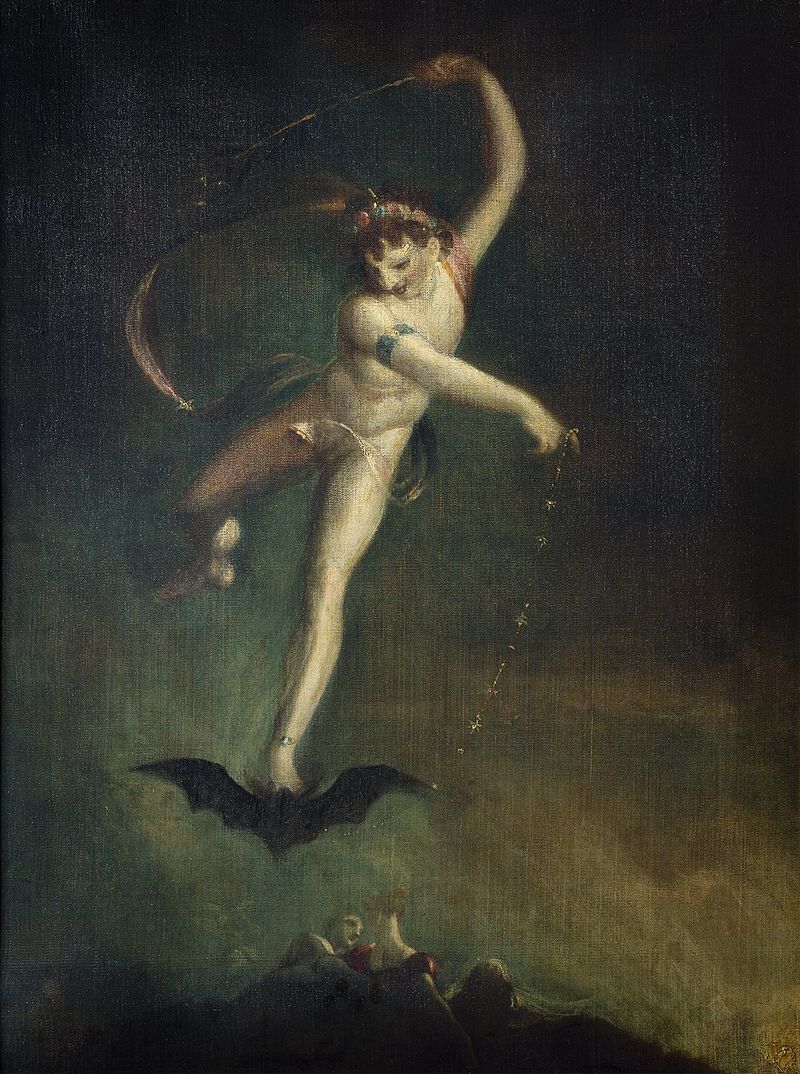

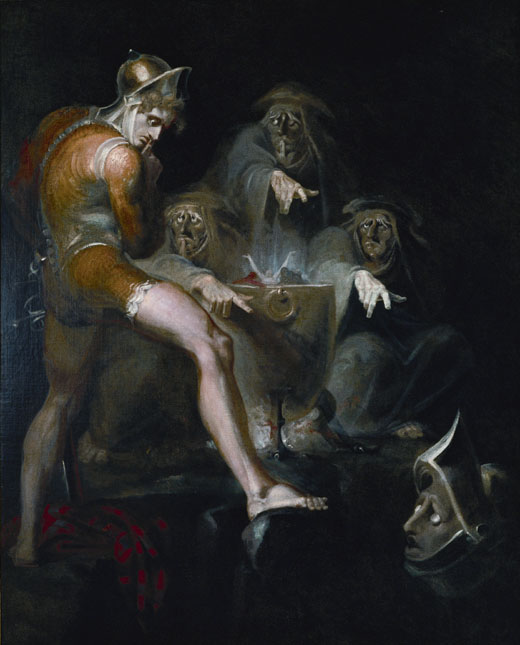
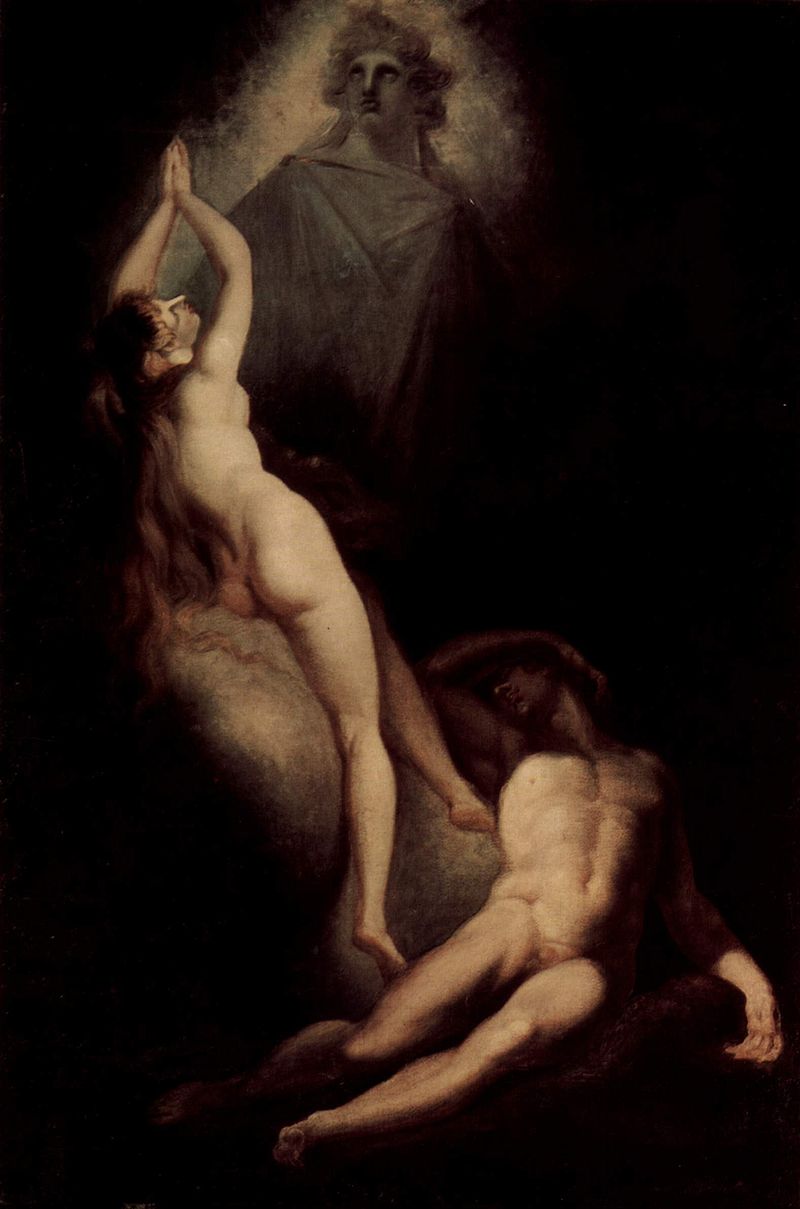
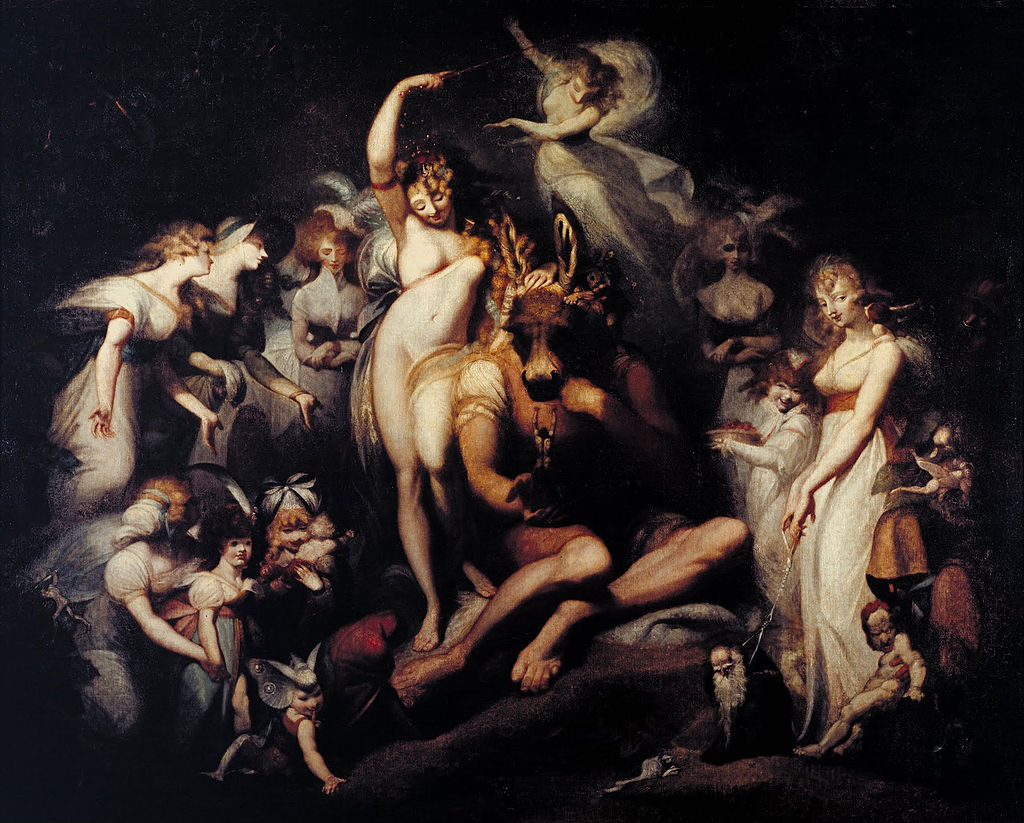
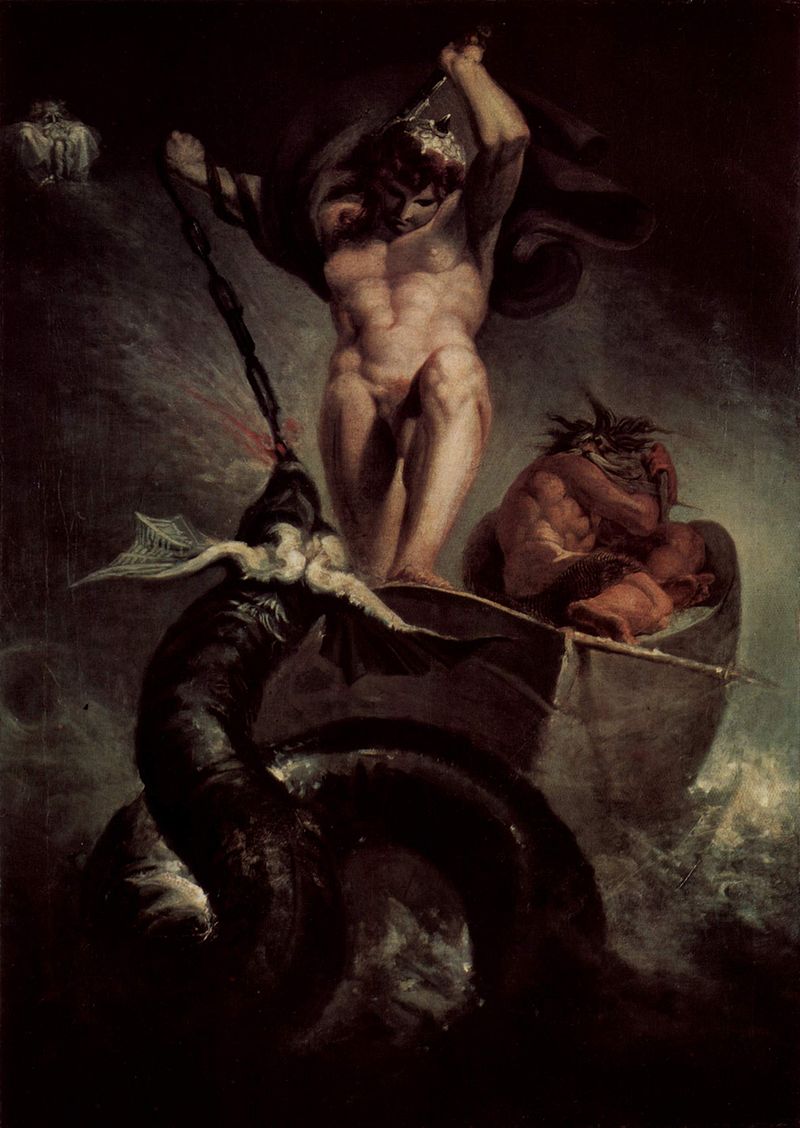
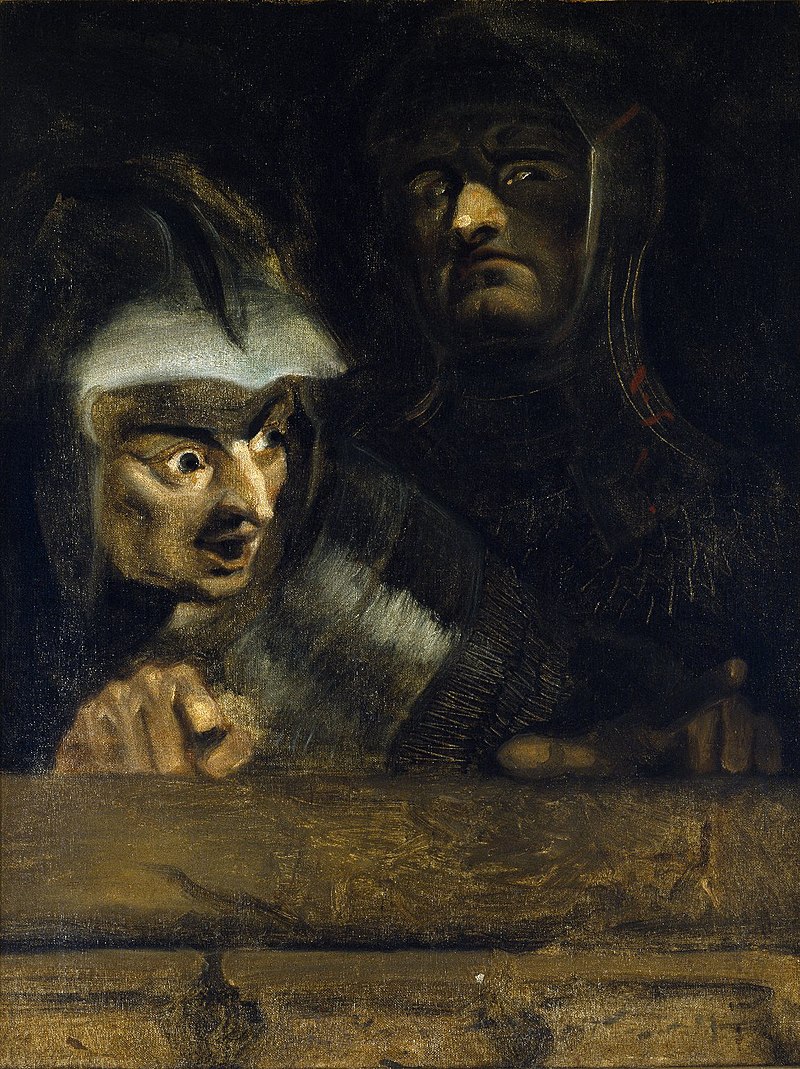

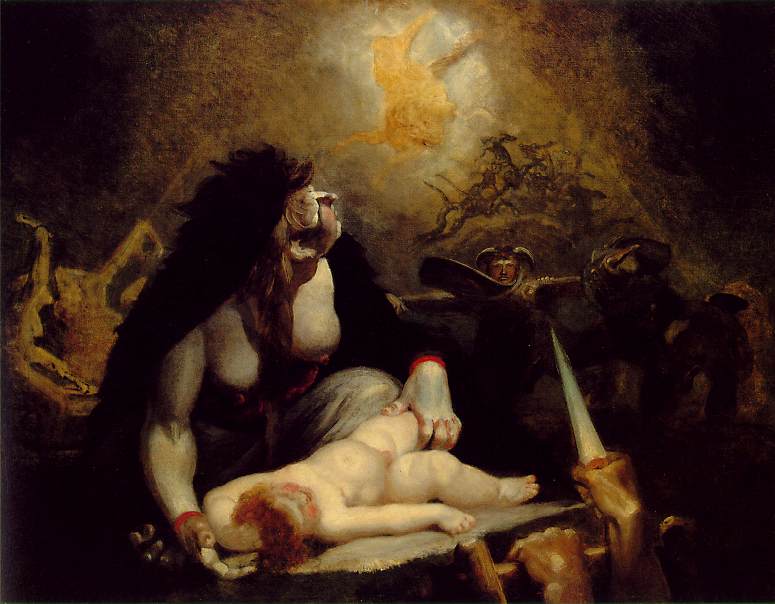
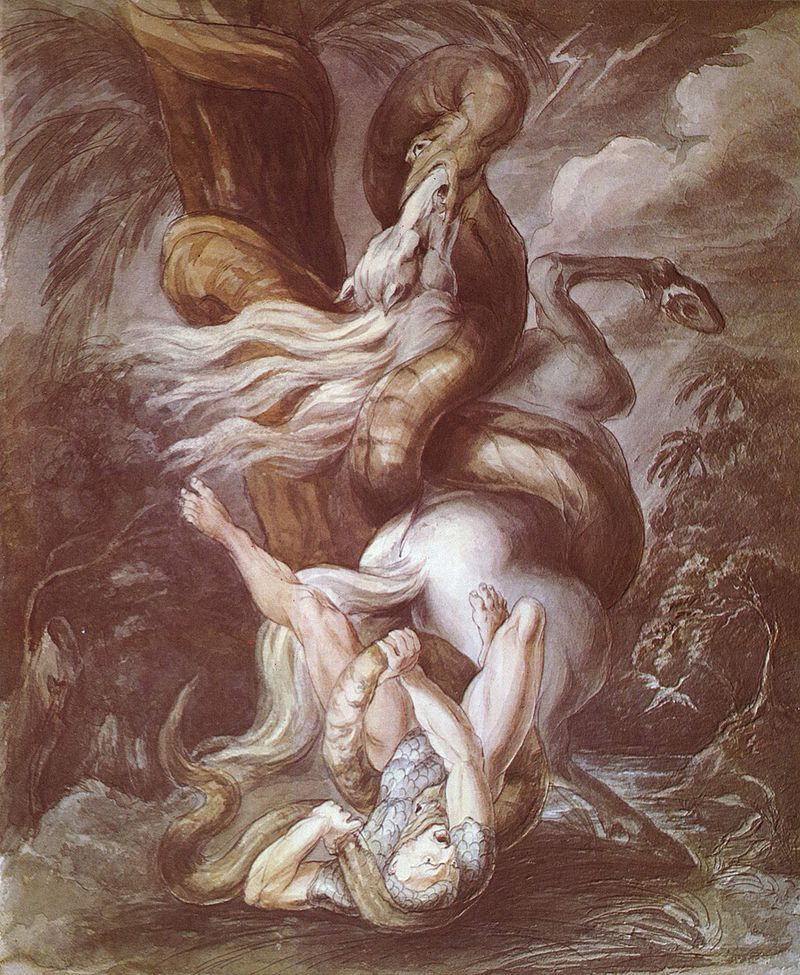
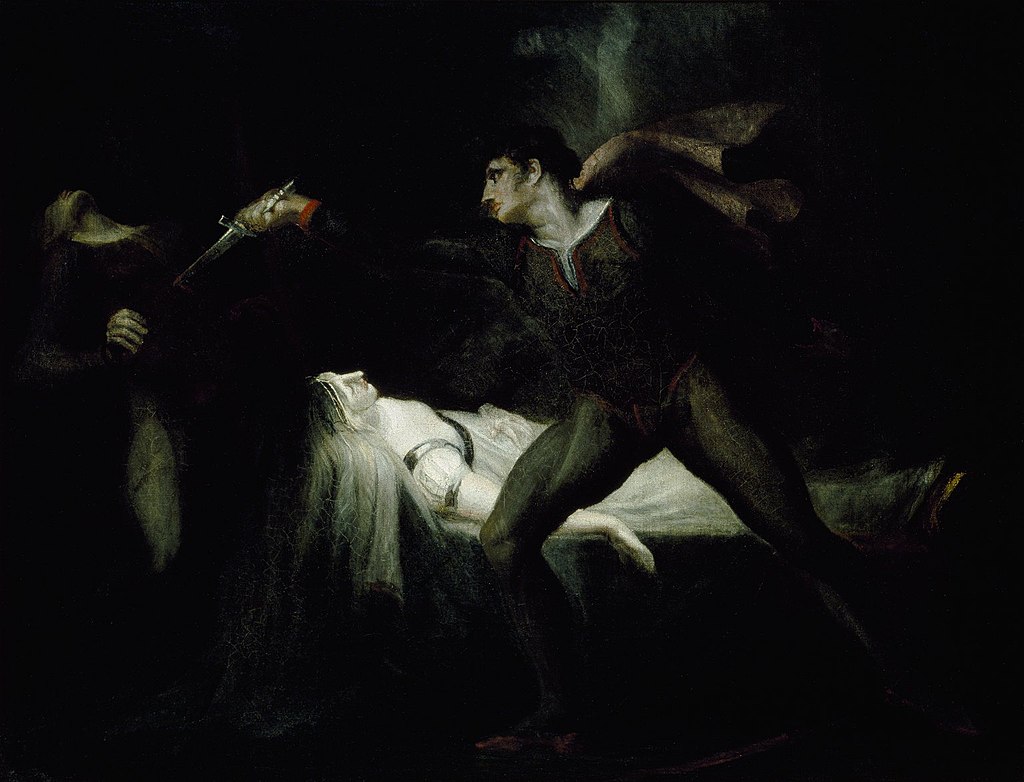
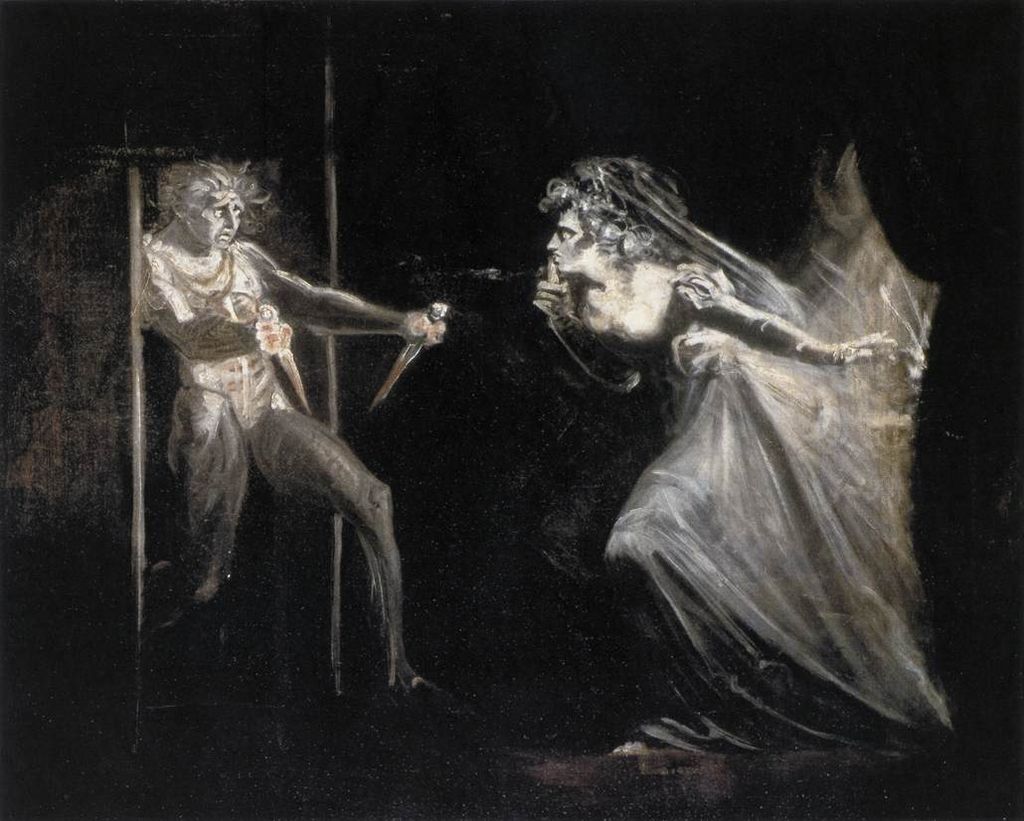
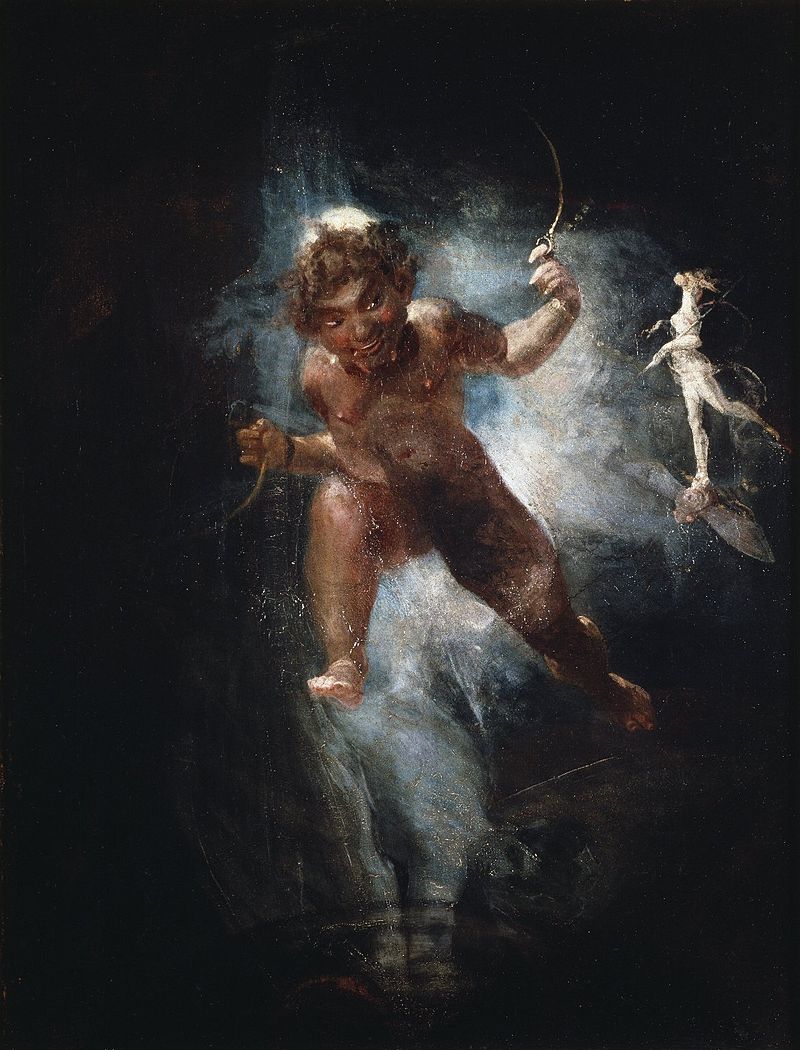

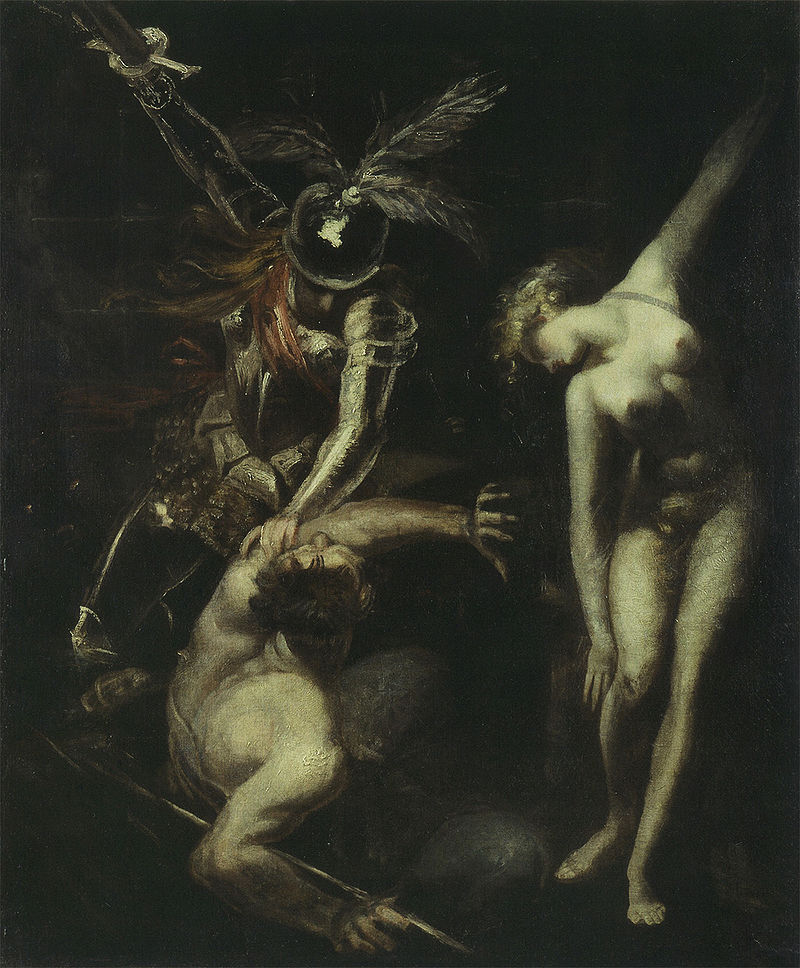










0 comments:
Post a Comment